matters:
things &
thoughts
this section has been very much modified - the new pages are mostly developed now!
it's "anything around you", which may be physical features, such as landscapes or rivers or gardens or houses or streets, or social features, such as people or group meetings or restaurants or schools or venues for events, like sport or concerts.
why does environment matter? because:
these are lawns or forests or rivers or lakes or mountains, as well as deserts or snow fields or glaciers.
and wherever humans live, there are houses houses houses and roads roads roads, plus cars cars cars.
at least there are no cars in forests - in true forest...
there is an increasing worry that "natural" environments are becoming more and more rare, for example, in very many cities parks are scarce, and those who exist are often reduced or eliminated in favor of more residential or commercial areas. below is the ironic comment of an artist - adding a big tree to a very large city.
many threats from the environment are "natural", such as rain or snow or heat, and even earthquakes or volcano eruptions.
yet there are many human-made environmental threats. in recent times air pollution has become a world-wide calamity. it's by far worst in india and in china - yet american or european cities are affected as well.
actually quite a few governmental and non-governmental institutions have developed a lot of programs which are meant to stop the death of natural environments, or to improve the environments which are liked and used by citizens.
above all, "social" environments are people -- our family, our friends, our mates in school or at work, or simply other people we see when we are at a sports event or in a cafe or restaurant. with most people we regularly communicate often. and unless we have an argument this is normally pleasant.
sitting together, be it friends or mates, is certainly one of the oldest habits of humankind.
how about perceiving the communication of other people, people who are neither our friends nor our mates, whom we may not even know?
curiosity can tempt us to listen.
verbal communication can reach considerable levels. thus overly happy or overly angry people become a vital environmental stressor. 'feral' folks, as well as babies and kids, easily generate sound levels above 100 decibels - which is believed to be restricted to wild cars or jet aircrafts, yet isn't.
loud circumstances may be accepted - - yet they restrict what people so much like to do, to talk with others, without needing to yell ...
and people obviously don't enjoy loud environments - they may even scare, like the thunder which follows lightning ... but that's not always the case ...
when outlining "environmental communication facets", music is certainly a 'must' topic.
humans have made music for thousands of years!
eventually it became common that musician just play on the street - music which may be folklore or pop or classics or rock.
this is the case all over the world ... below are musicians in rome (italy), in havana (cuba),
in istanbul (turkey).
in the 20th century, around 1960, a significant change became standard, namely that bands had powerful amplifiers and speakers, right beside them. here are just two examples, the hyperfamous rolling stones, and rosie flores (a true favourite of mine).
this was also done in the venues, whether they are small clubs or big concert halls. the amplifiers got more and more powerful. especially rock bands got almost towers of speakers built.
by the way, in some public pop~rock festivals (such as the zuerich parade) speaker formations sit on a truck and drive along.
all this creates environments which for thousands of years didn't/couldn't exist. they are actually liked by many people, and they are often understood as a 'must' feature of modern music.
the sound levels rated as "loud" begin at about 55 decibels, the sound levels which are unhealthy start around 85 (if long-time exposure), and at about 115 sits the pain threshold. noise events from there onwards can create permanent hearing damage.
as you can see, a lot of music environments are inducing just that.
another historic link - so-called street organs were truly cherished. this began with 'mini-organs', a barrel organ with about 20 pipes, played by turning a handle, and used for some kind of begging. yet over time, highly decorated and book-operated organs developed, with hundreds of pipes, each one an 'eye-catcher'. most were built in germany and the netherlands.
what's now in cafes & pubs & restaurants, indoors or outdoors, are speaker systems, which are fed by music charts (originally by muzak, now mostly controlled by apple).
basically every of such venues has speakers, often half a dozen. music is played permanently. other environments, such as shops, exhibitions and museums, as well as trains, trams, ships and planes mostly have the same setting.
the sound level tends to be high to very high, especially in pubs, which means that verbal communication is demanding or nearly impossible.
<> humans influence the status of the environment - in good and in bad ways
<> environmental factors influence human conditions and behaviours and as said above: this applies to both, physical and social matters.
{///} common environments
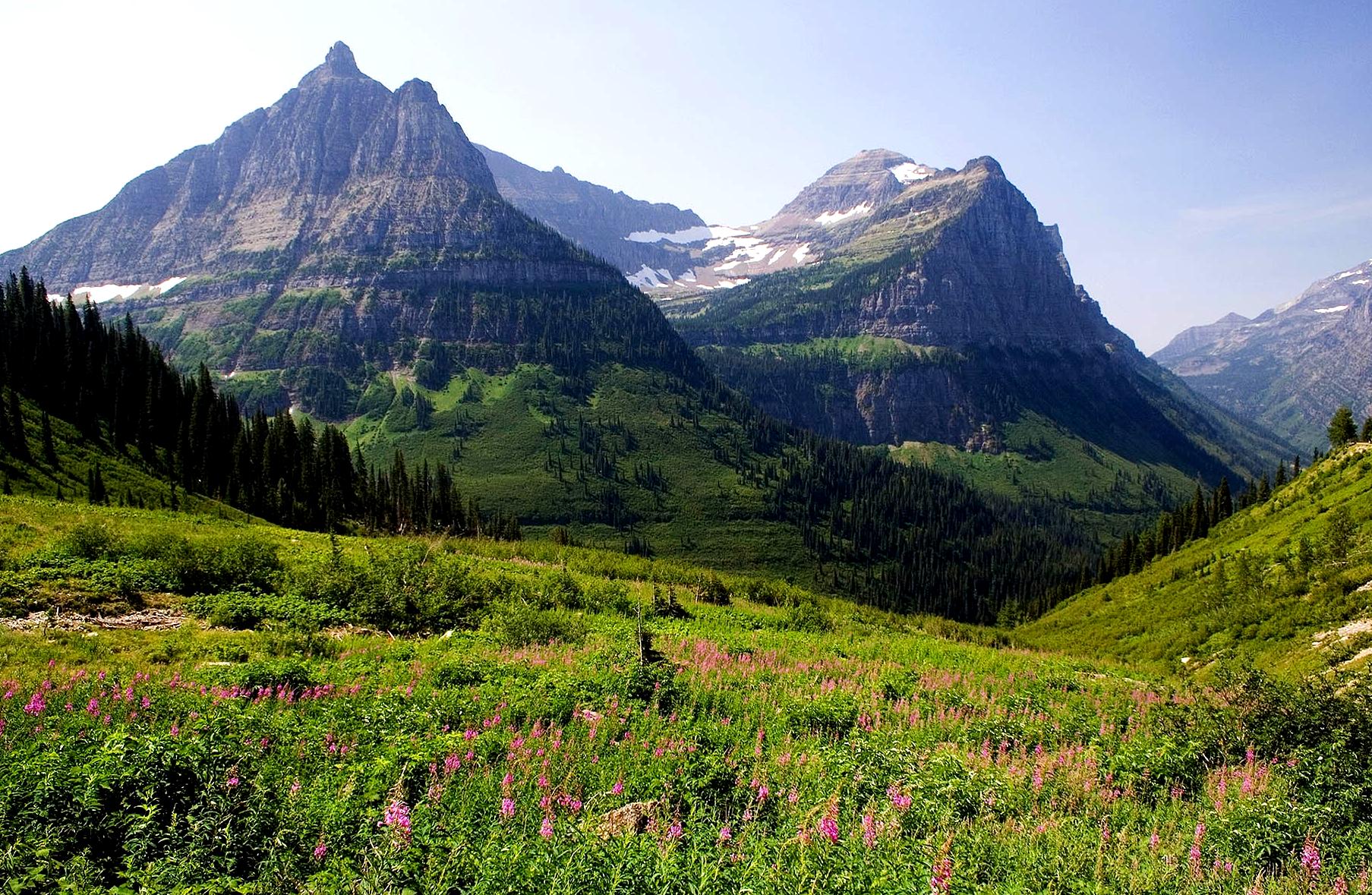
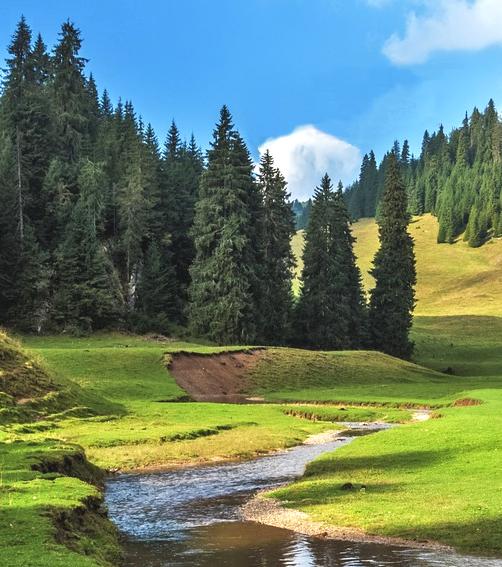
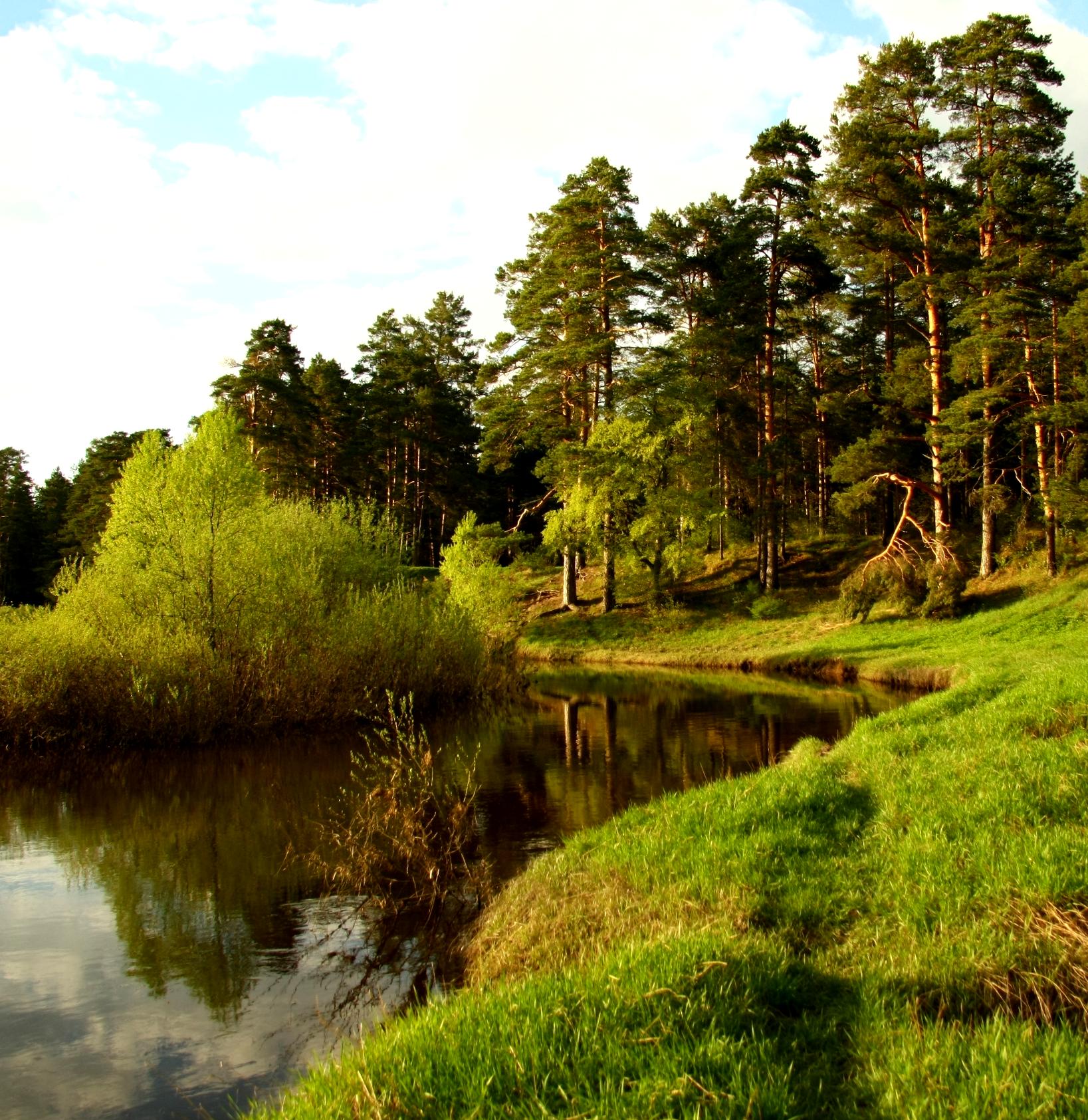
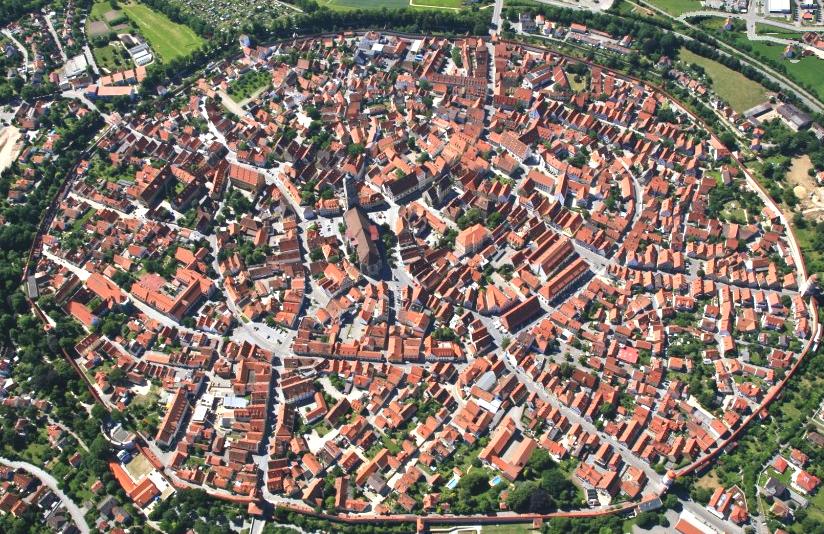
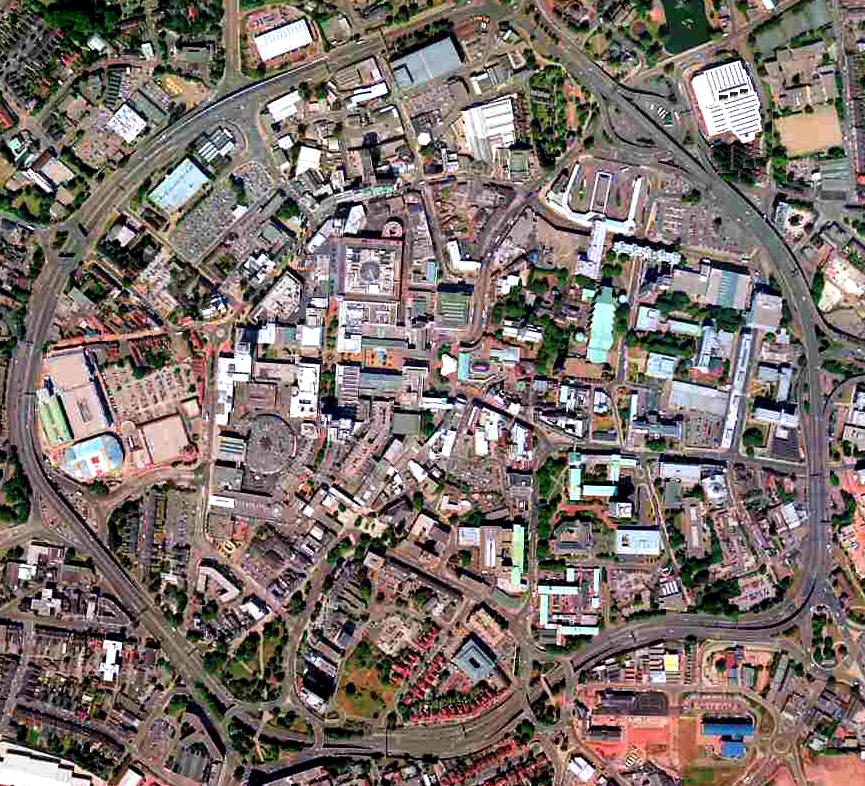
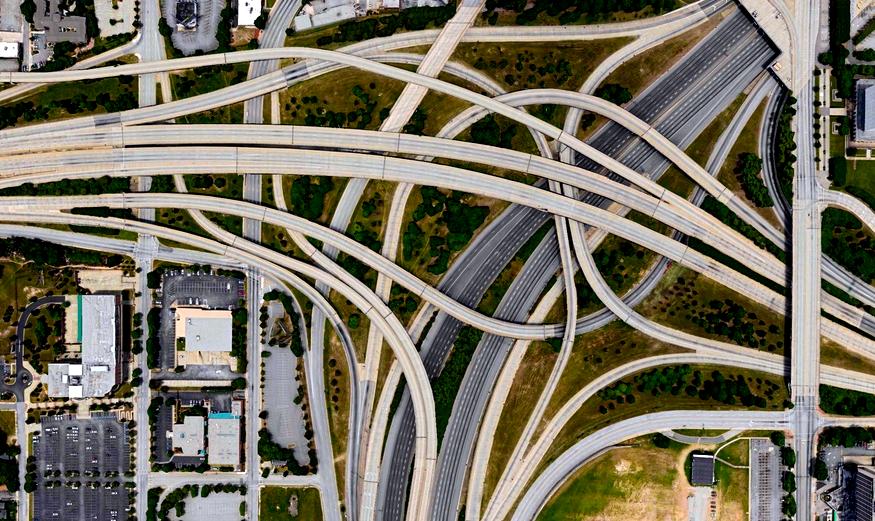

people are hiking there. and also cycling, increasingly so. furthermore, motorbikes quite like this environment. and nowadays even 'quads' can be seen in forest environments!
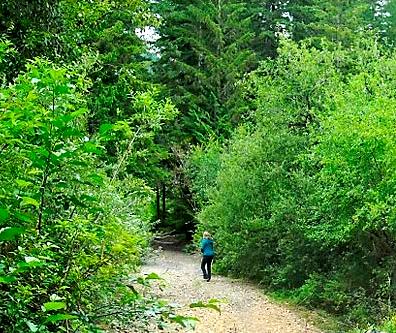

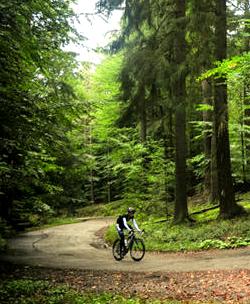

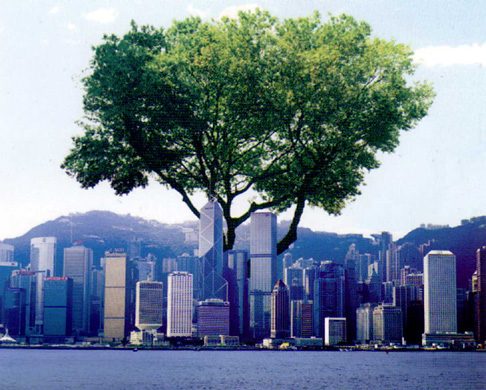

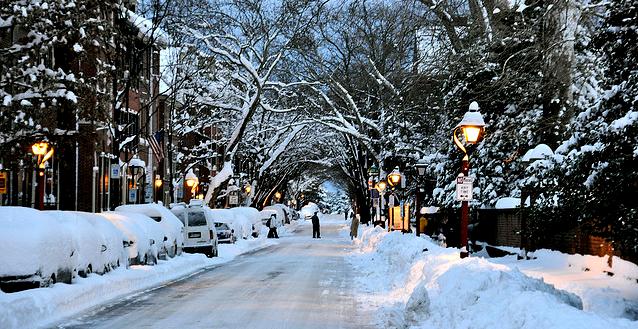
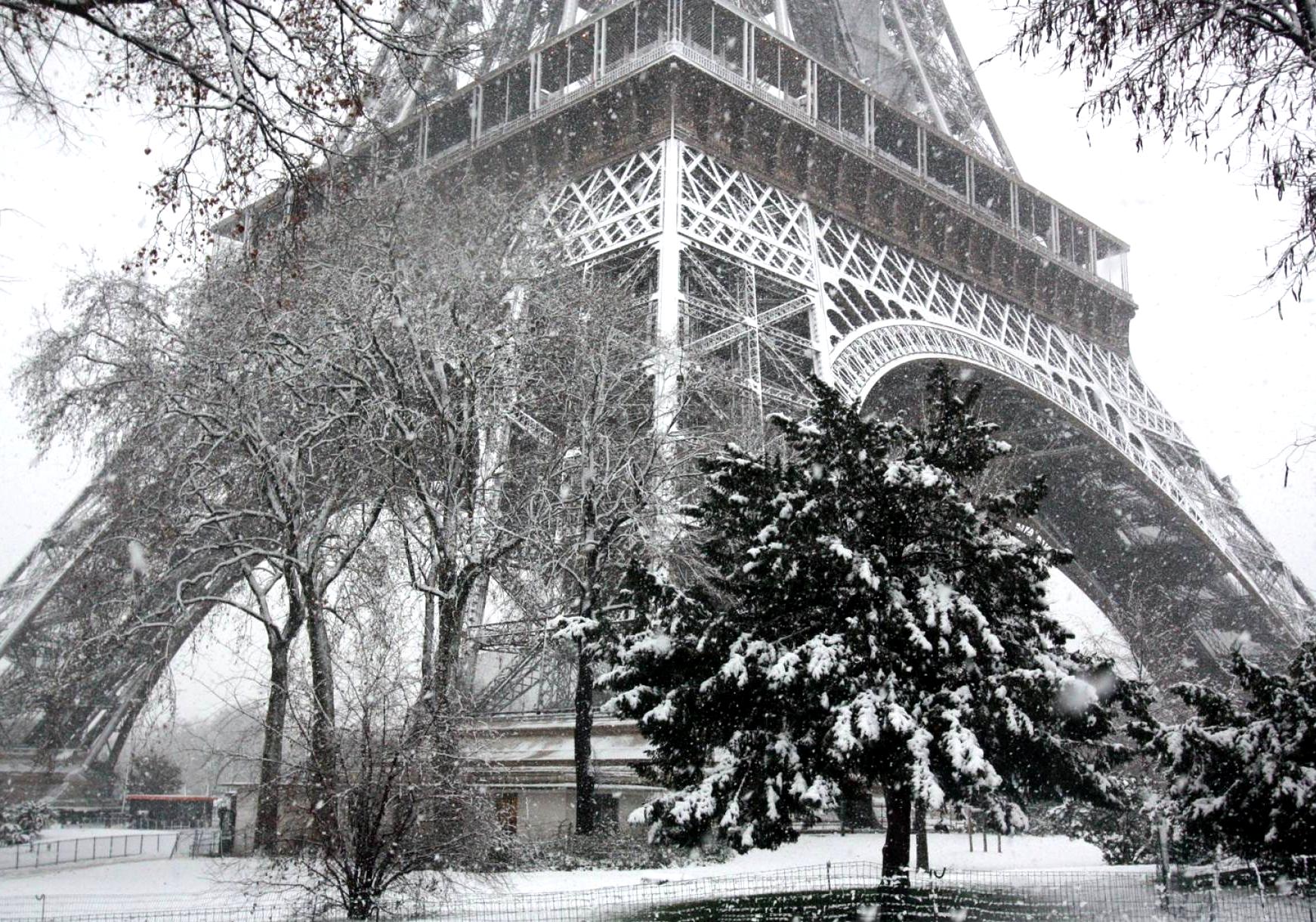
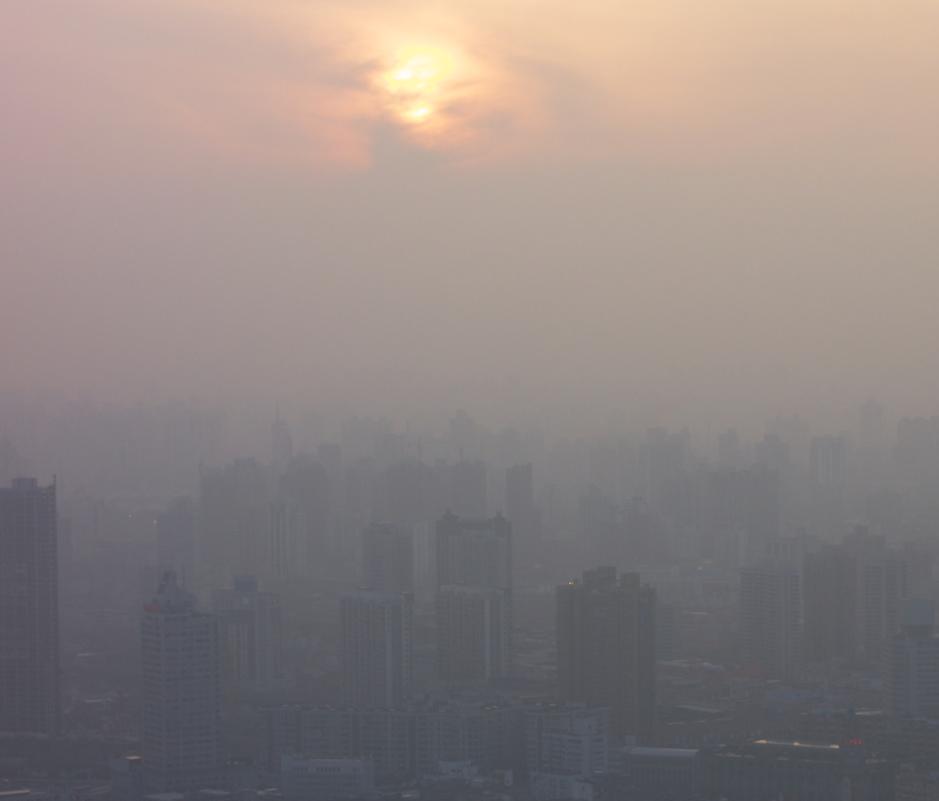

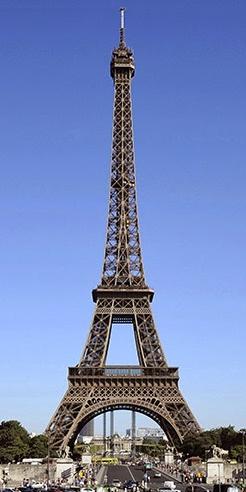
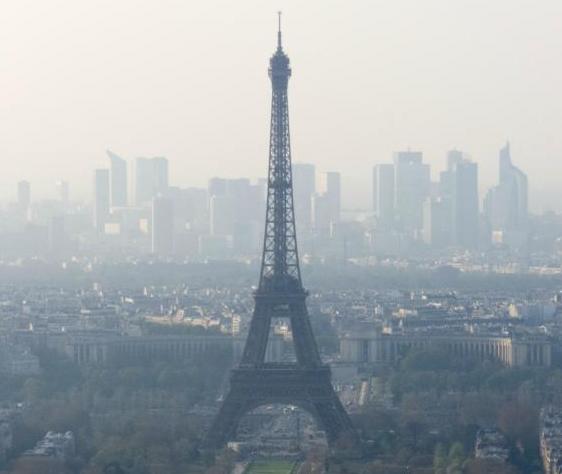
of course this is not at all an easy task - it doesn't provide money, it costs money, plus, what's desired by residents is often in conflict with commercial interests. the biggest barrier seems to be to convert a plan into reality...
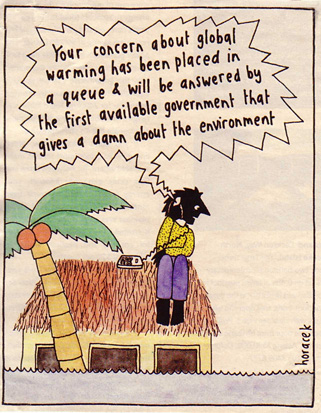
{///} environmental communication facets
education and decision-making are completely bound on communication.
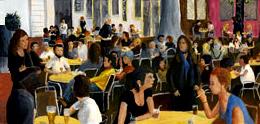
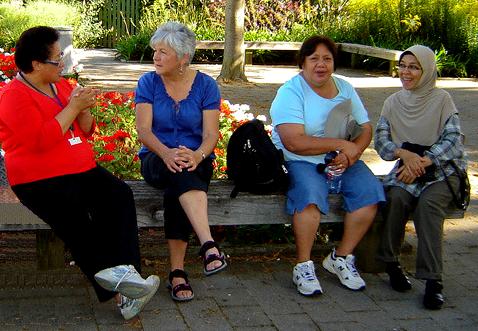







however, the talking of others easily leads to stress. one plain reason is that this reduces the own privacy, the more and the louder the other people speak. and unfortunately it is common that people talk loudly, it's part of the social culture - certainly in australia.
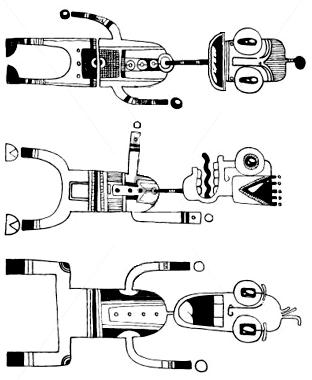
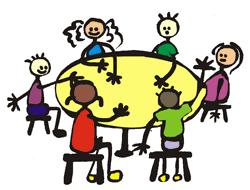
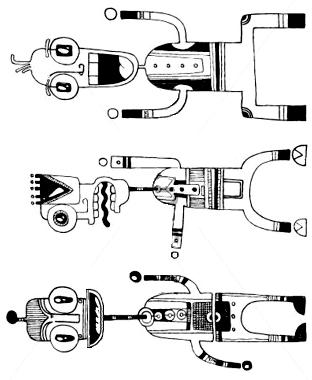


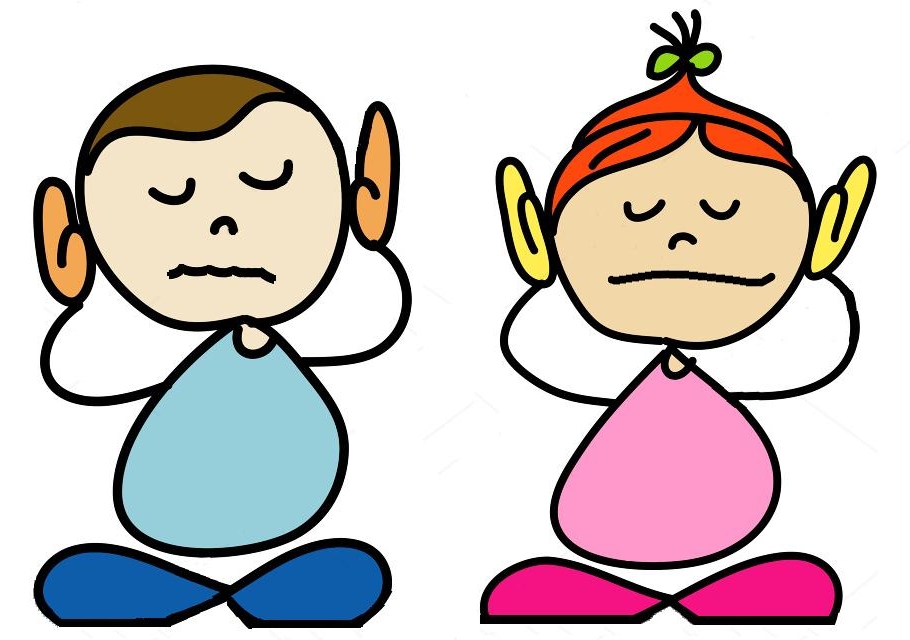

it seems that people like environments which are both, or can be both - calm and vibrant.


venues for presenting music - with choirs in early times, yet with instruments also for a very long time - have always been provided. some hundred years ago music pavilions became popular, and quite a few still exist.

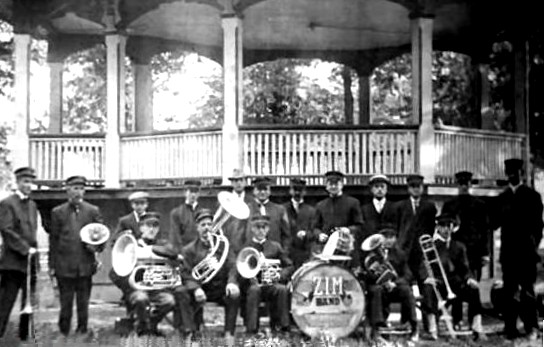
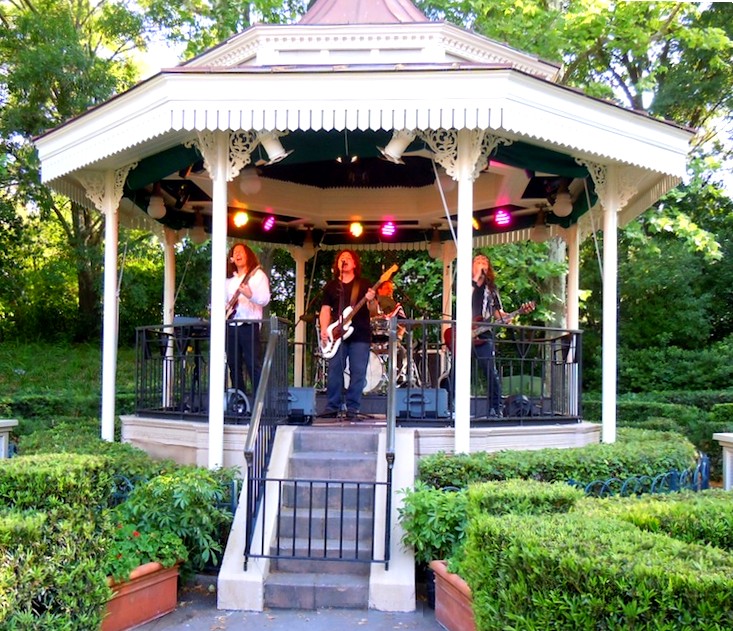
![]()
![]()
![]()
![]()

![]()
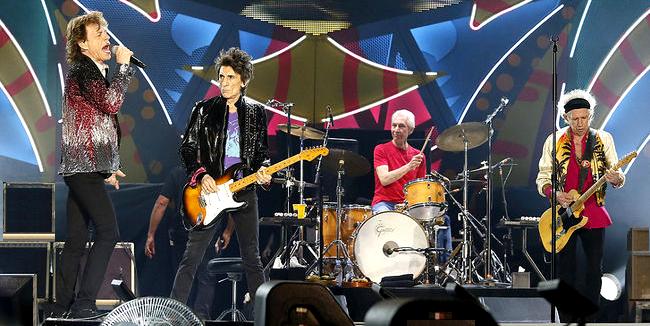



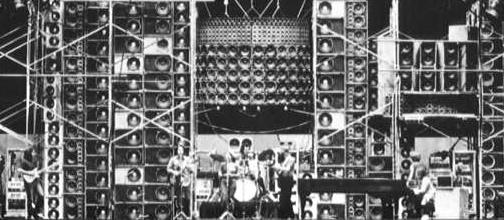
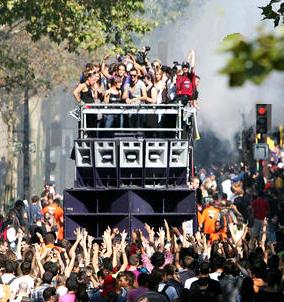
however, there is another perspective --- the creation of noise. the impacts of loud events on human health have been investigated for about 100 years, and critical limits have been identified since decades.
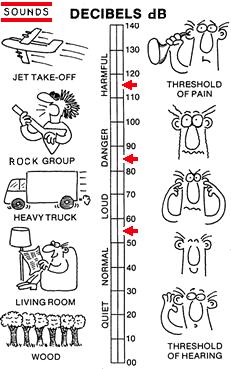
here is a very different perspective regarding street music: a novel and innovative music which became a worldwide phenomenon, created in new orleans about 100 years ago, began indeed as street music. besides their african roots, marching music was a vital element, and in the first years they could hardly find venues.
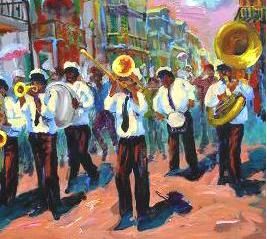
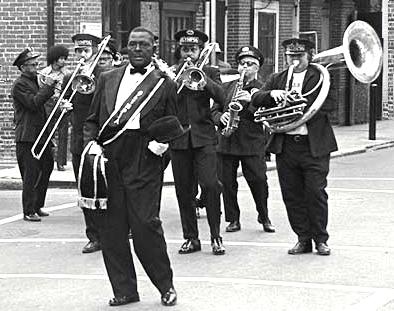
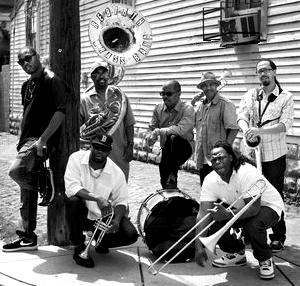
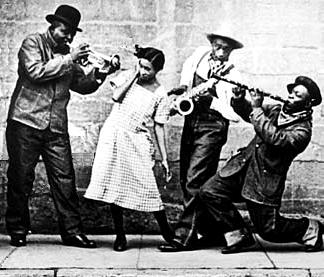
use on fairs was common. very large ones were installed in restaurants or pubs - instead of a band. yet these (at that time) high-tech machines are not in urban environments anymore, they all ended in music museums ...

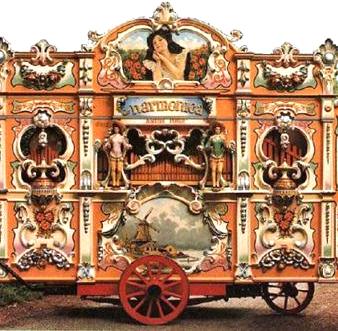


so - what may be the desired environment when being at a forceful concert, very intense music, is - at least for 'old-fashioned' people - not a pleasant environment when sitting with friends in a café and have a chat ...
(^) traditional versus modern-contemporary urban environments
it is amazing how different "urban environments" can look! below are just a few examples. first two traditional towns in germany, and a historic village in morocco. then a "modern art" building in vienna/austria, and three views in melbourne/australia (where i live). finally a typical multi-residences building in hongkong.
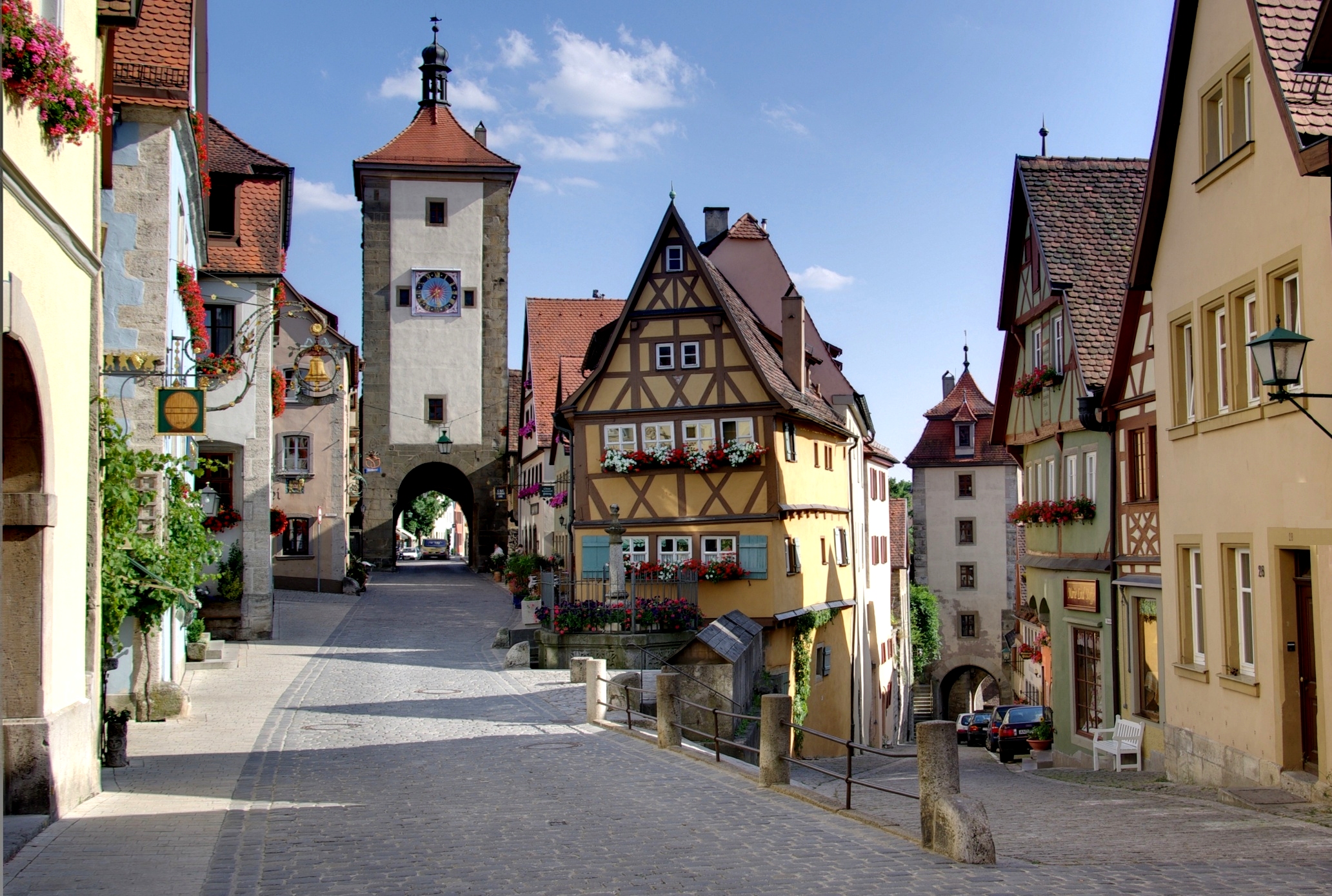
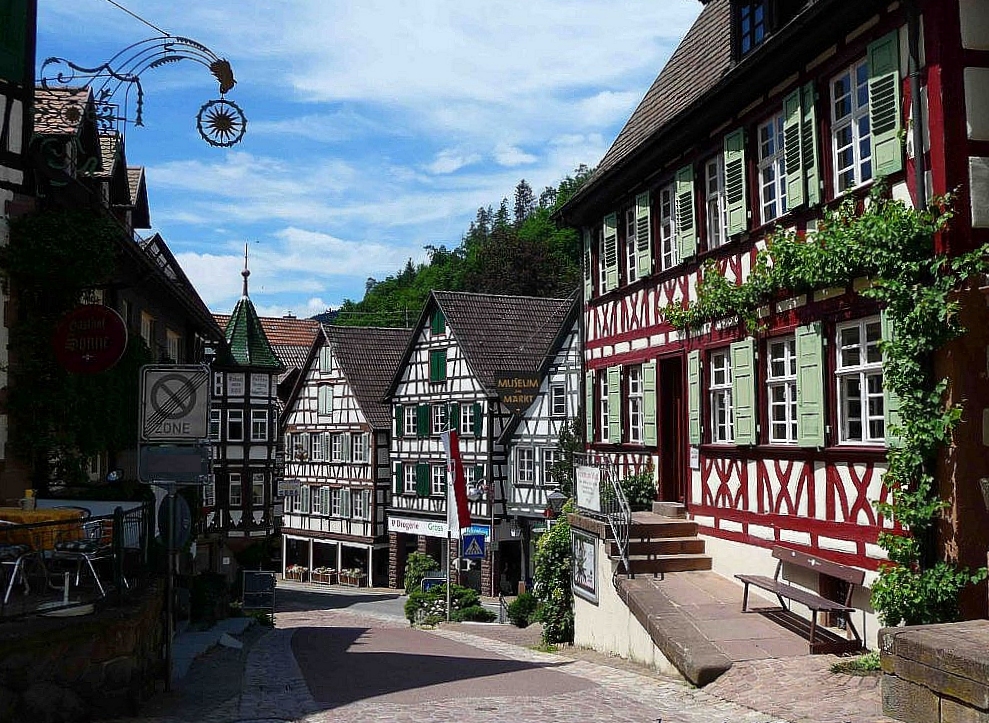
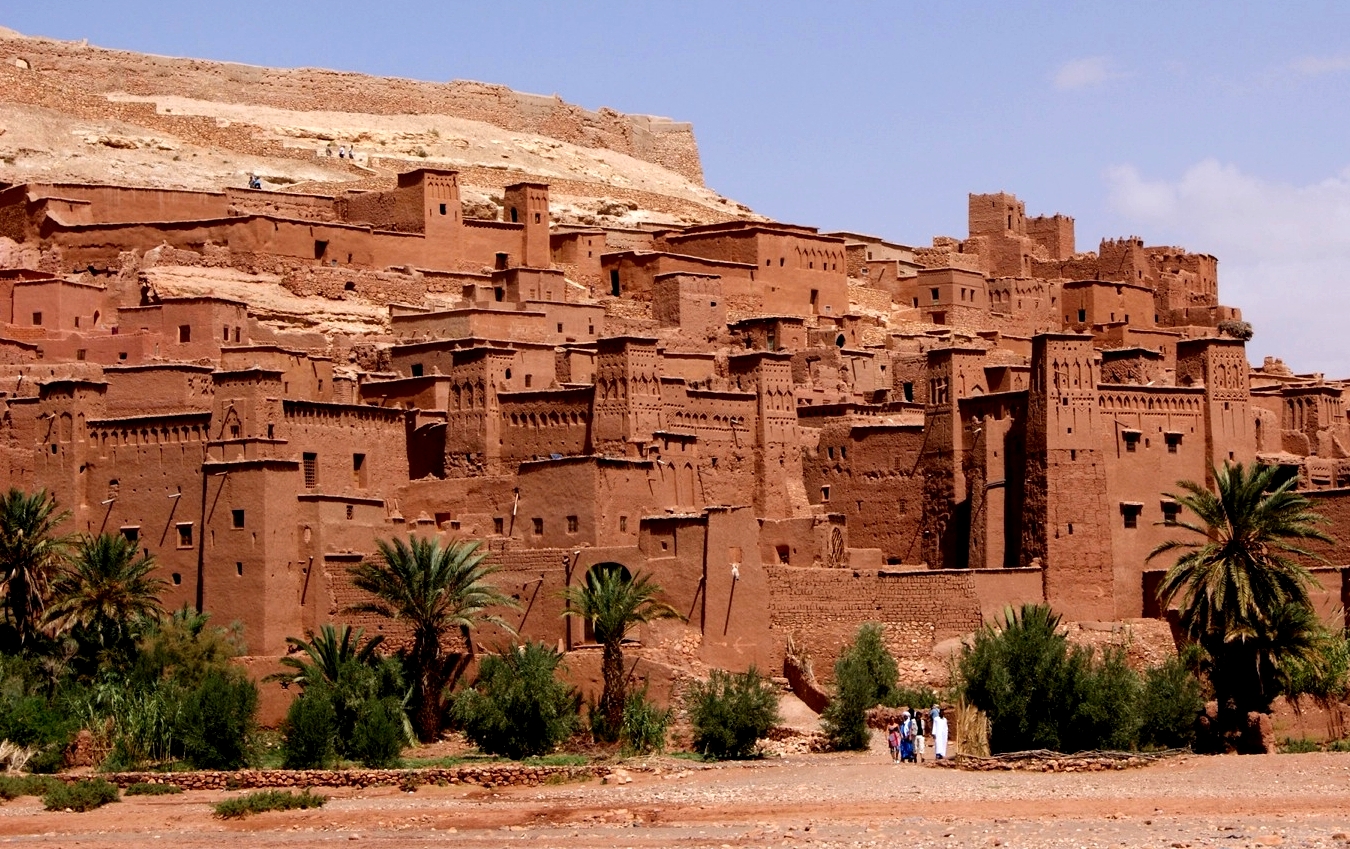
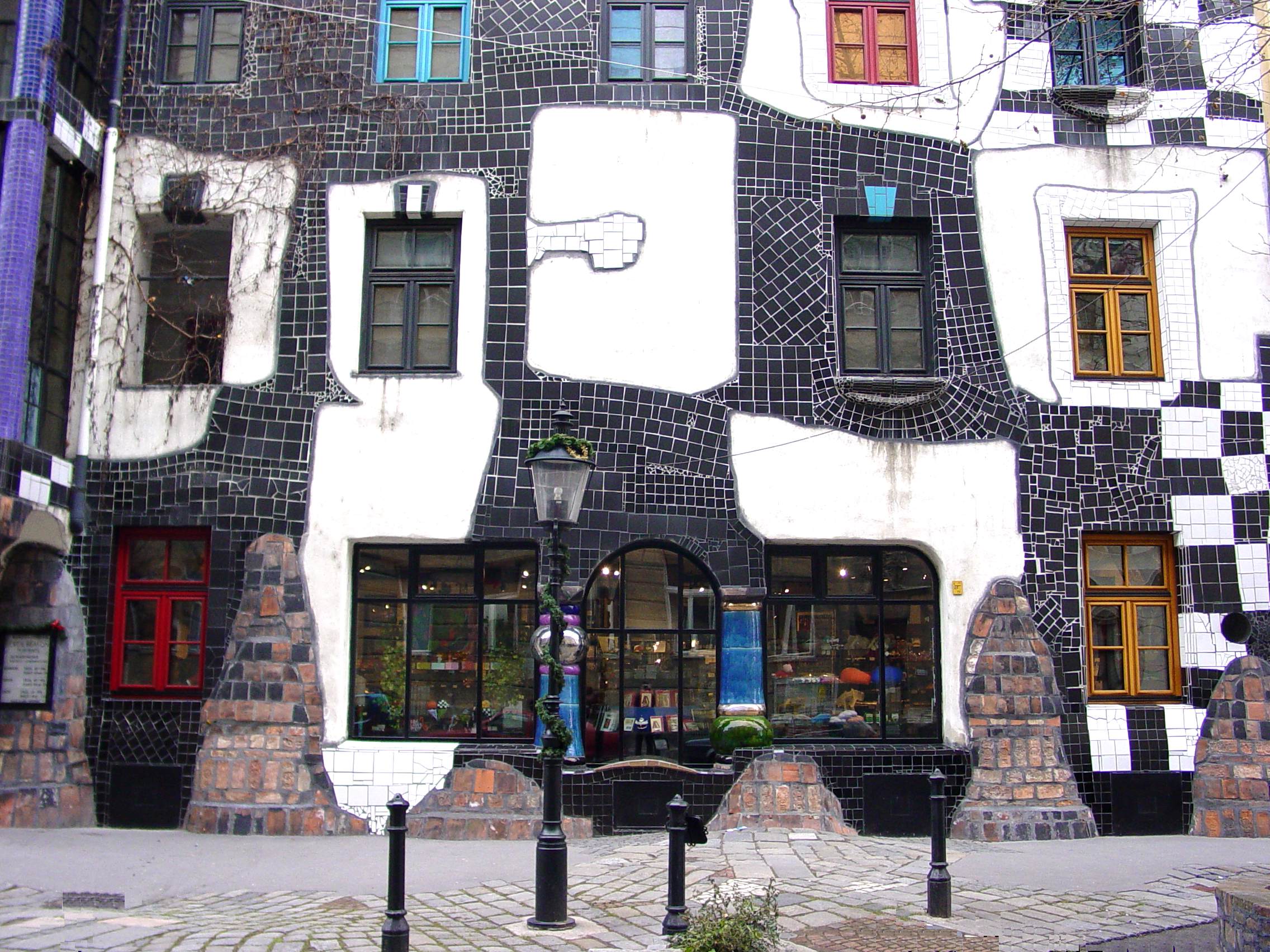
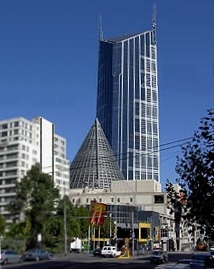
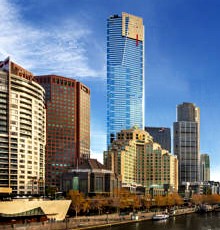
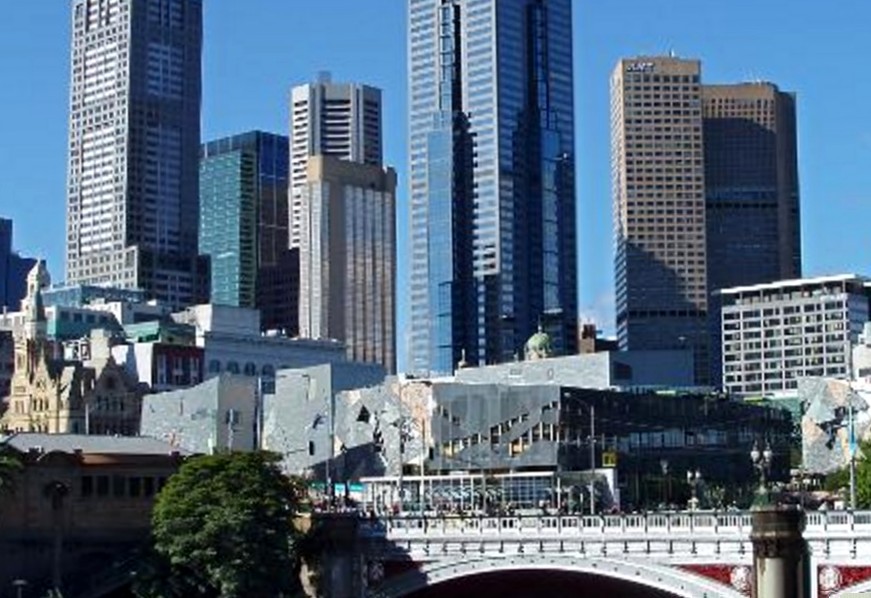
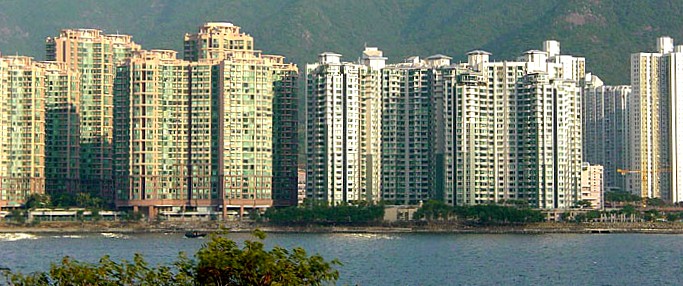
so - do people like or dislike such architecture? there is no overarching response - it is a matter of wealth, and of practically, for example, the older the urban environment, the harder to get there by car, a crucial factor for 'modern' people ...
next are two examples of cities in which canals were, or still are, essential, leiden in the netherlands and venezia in italy.
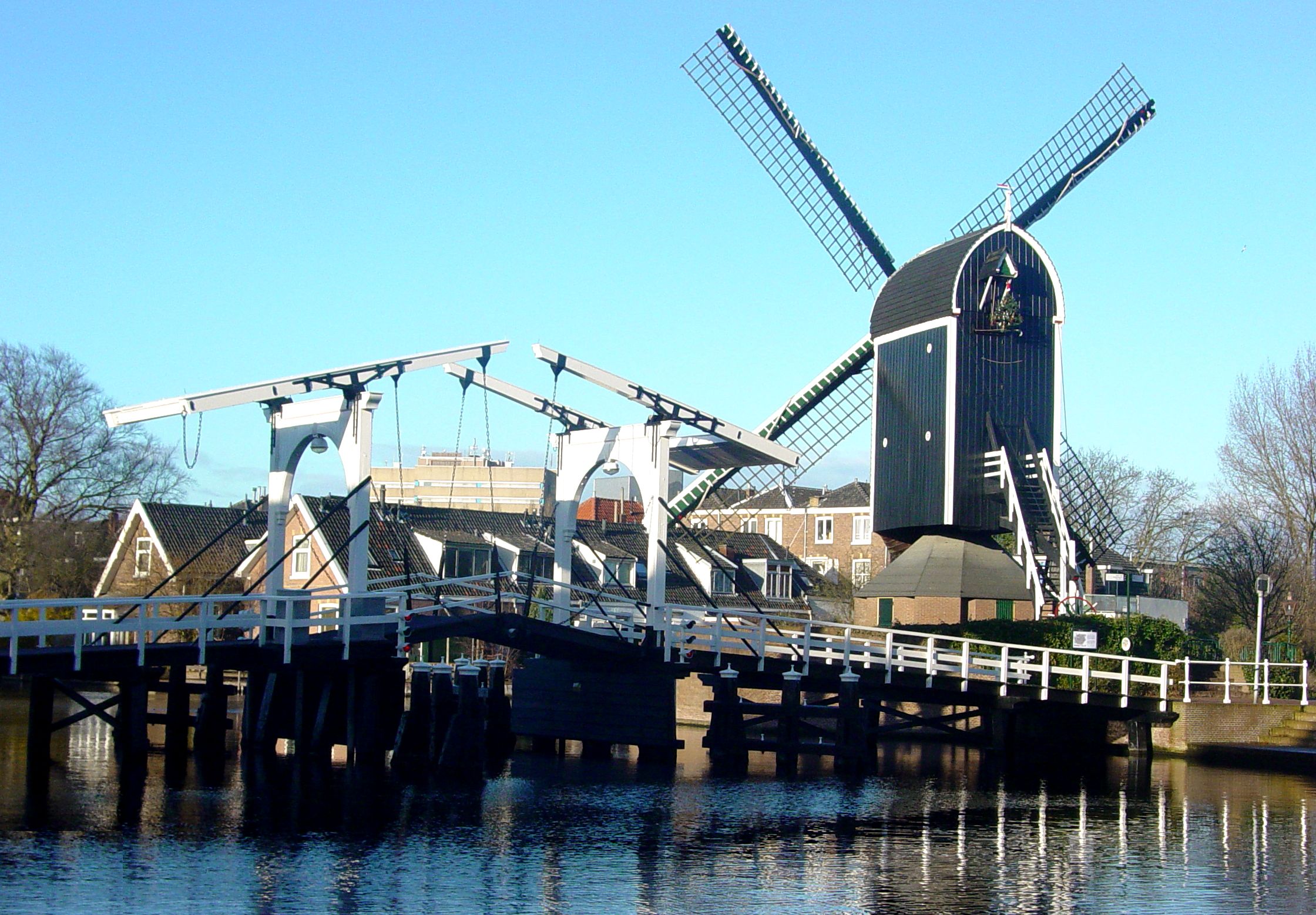
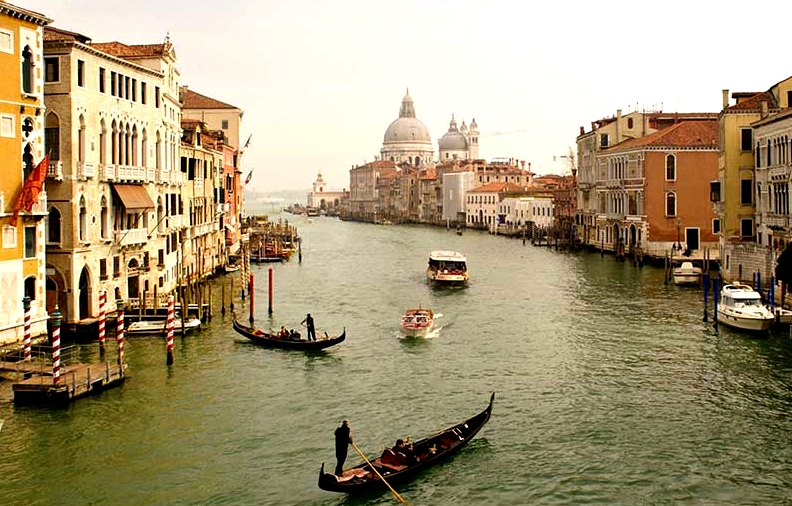
the most special environment is venezia, there are no cars, only boats. venezia is widely seen as the most unique and most outstanding city in the world - certainly by me ...
finally - how about the eminence of towers as 'emblem' for an urban environment? here are just two of countless examples, the petronas towers in kuala lumpur, malaysia, and the taj mahal in agra/india.
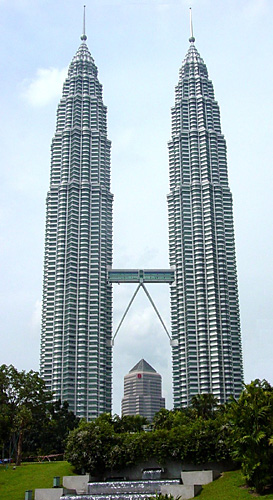
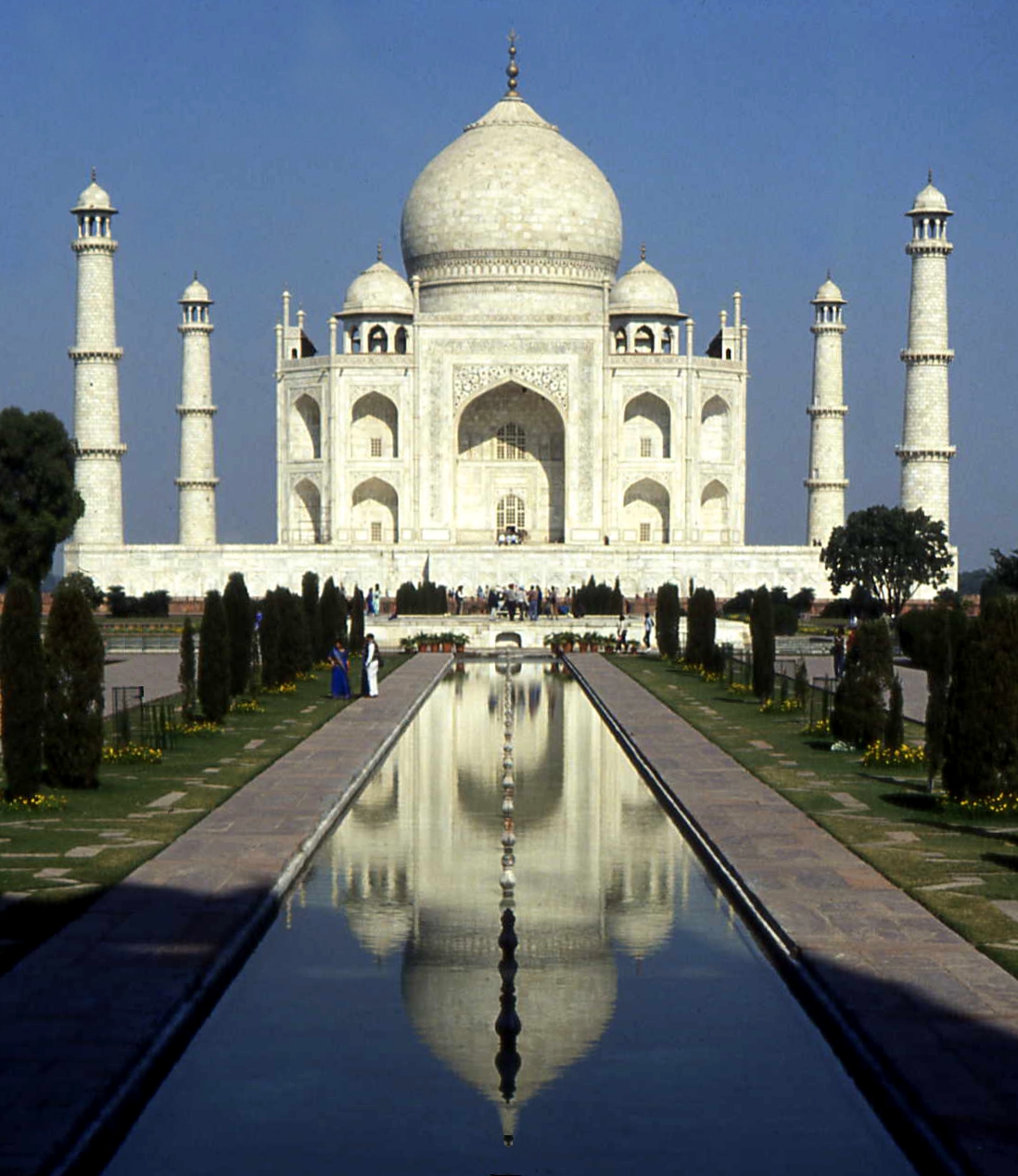
well, the taj mahal, the by far most famous building in the world (for very good reasons) is not really about agra, however, the petronas towers seem to be a crucial marker for kuala lumpur.
by the way, it's an issue of at least 1000 years which building dominates the central urban environment - either the church (mostly) or the townhall (in 'republican' cities) or the pub (in australia). a pretty unique case is in mannheim/germany: townhall and church sit together and share the tower!
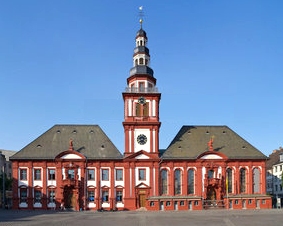
(^) orderly versus disorderly natural environments
environments occur in all kinds of "orderly" set-up and shape ... here are examples of forests: a 'normal', a rough, an 'arranged' one.
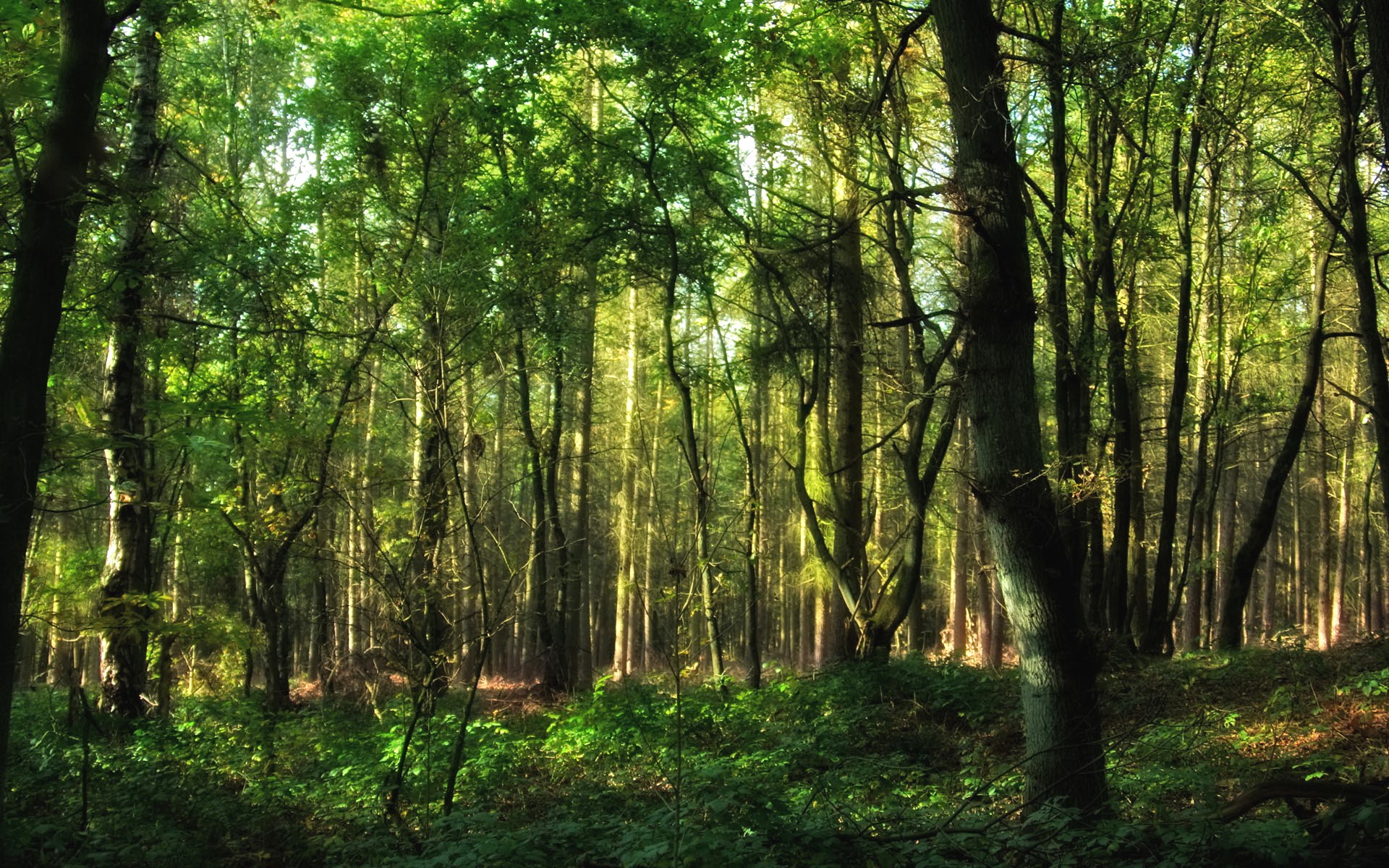
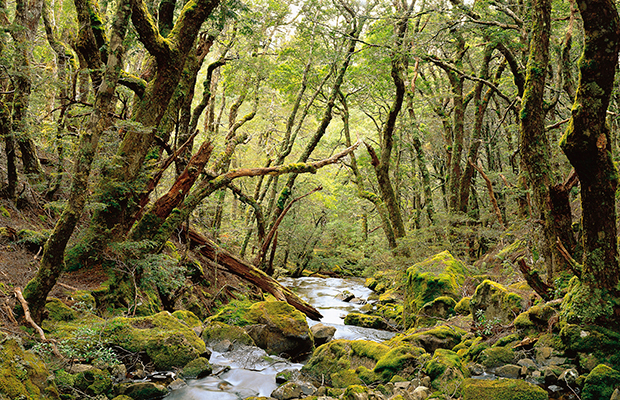
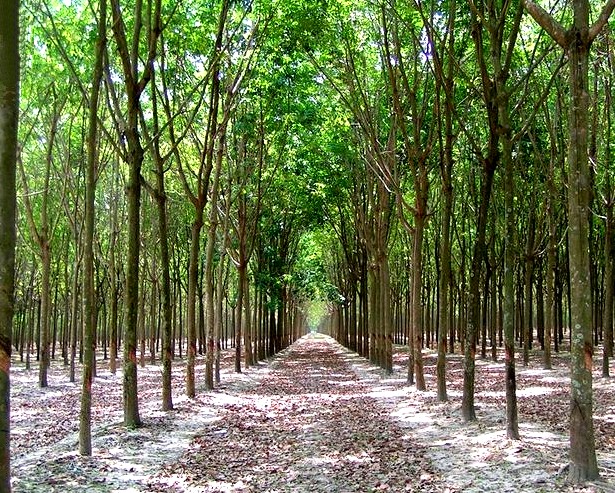
what people think about this? usually the tidy one is perceived as boring. the rough one is quite liked, assuming one just looks at it ...
however, for people who like to go hiking the perspective changes. below are three types: <> natural yet undemanding, <> comfort-providing (paved), <> natural yet rough.
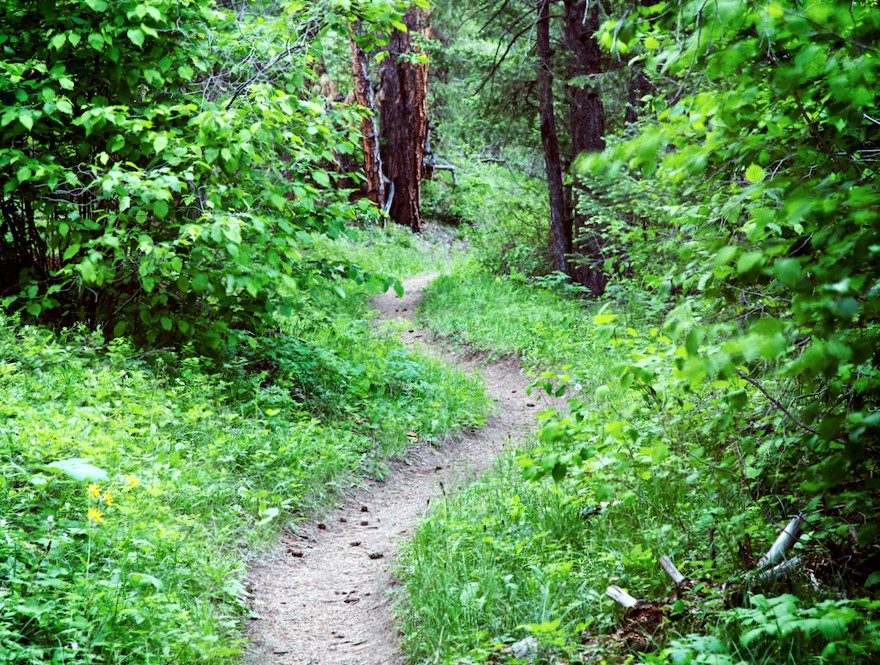

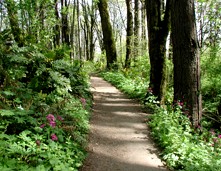

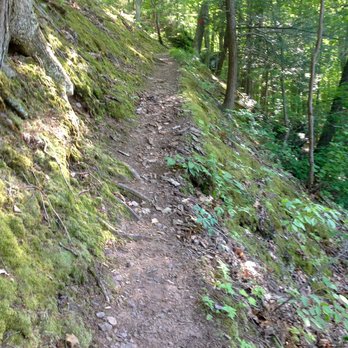
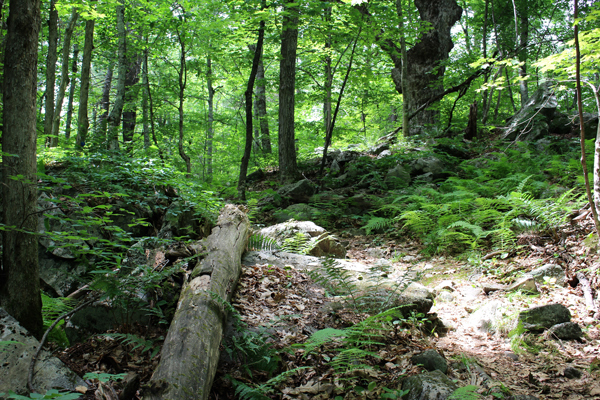
so, what kind of hiking paths do people esteem? the paved one is often perceived as not at all natural, the rough one may be too hard for some, thus the natural one is clearly the favourite.
(^) beautiful vs boring vs ugly environments
obviously there are thousands and thousands evironments, and thus thousands and thousands of landscapes.
how do people perceive and evaluate them?
here are six special ones, taken from switzerland, sahara, greenland, antarctica, and tahiti:
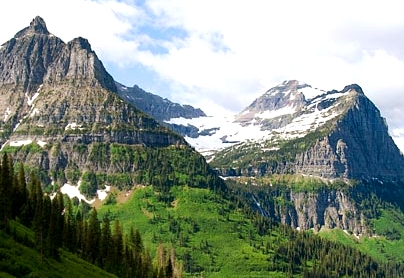
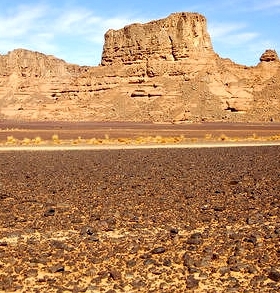

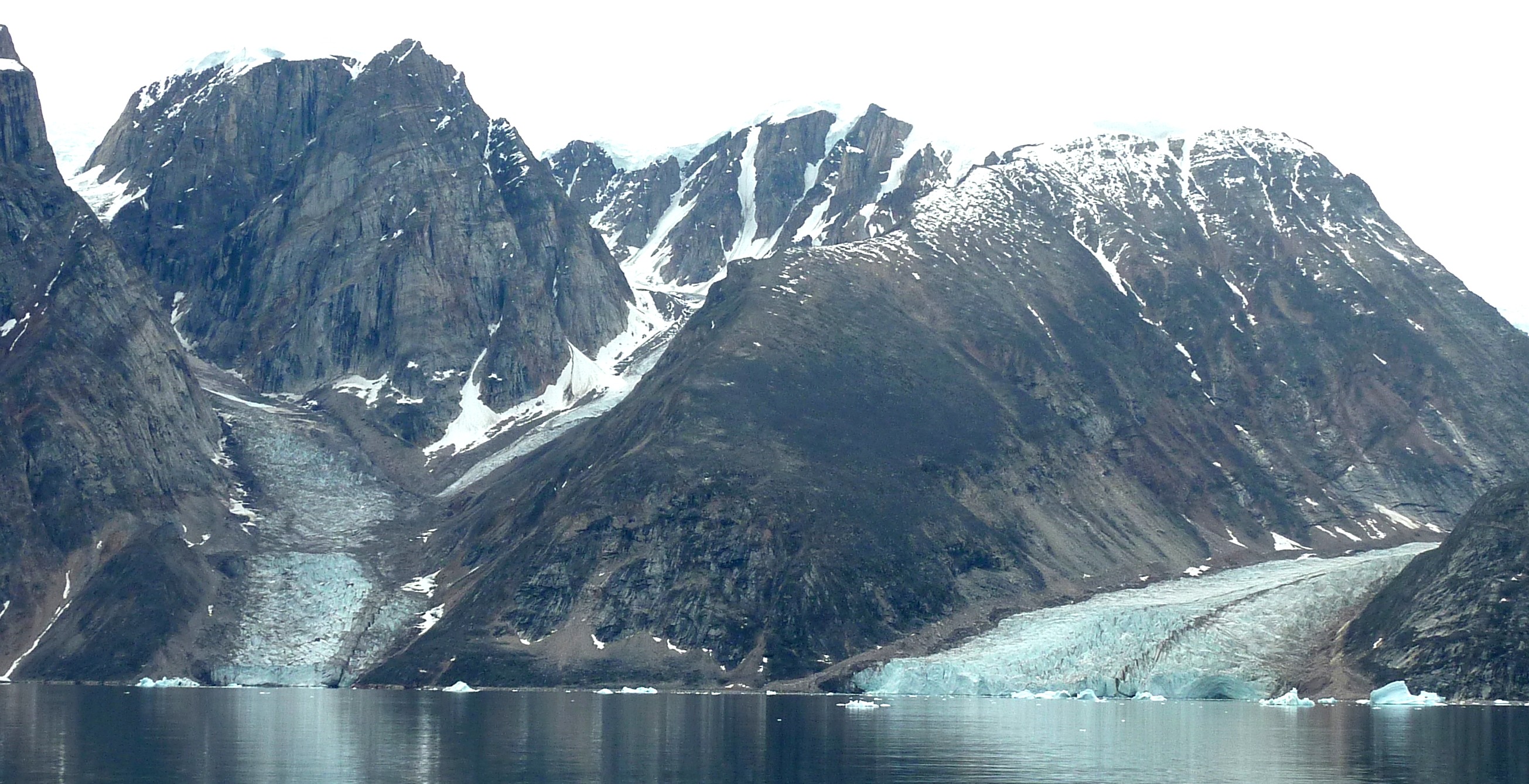

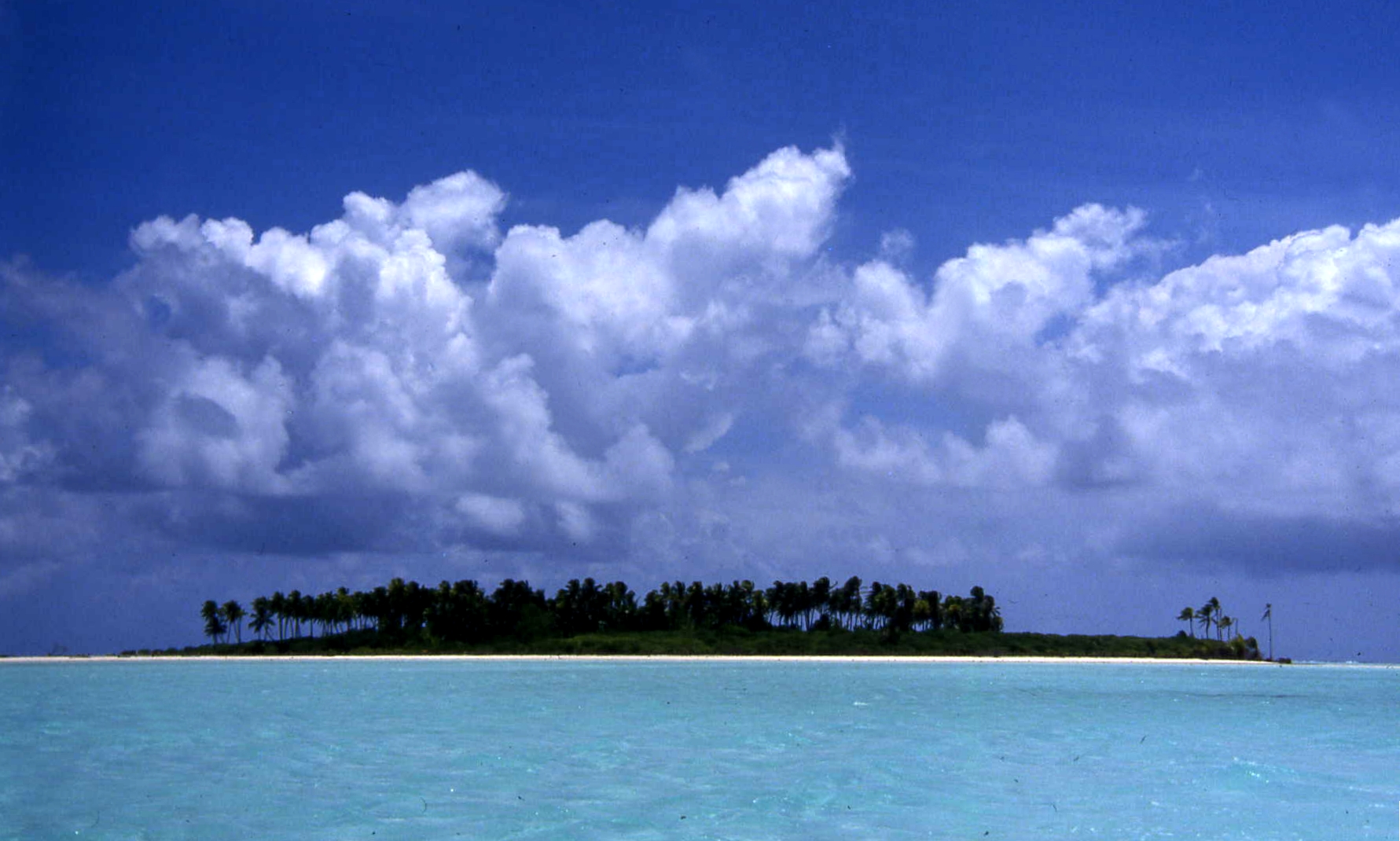
in my own (very biased) view, all these are beautiful or at least exciting, none of them are
boring or ugly environments.
yet when i researched the perceptions of others, i experienced surprises! for example:
<> mountains: "i can't walk up there"
<> sahara deserts: "no trees, no plants, no animals, nothing - boring"
<> icebergs or glaciers: " cold, rough, somehow ugly"
<> pacific island: "no landscape pattern, no hills, just flat"
to sum up, the perception and appraisal of environments, "good" ones and "bad" ones, is subjective. it is based on personal exposure and personal experiences and personal examination. nevertheless, about many environments people agree quite well. in any way the views of other should be accepted!
<== front page